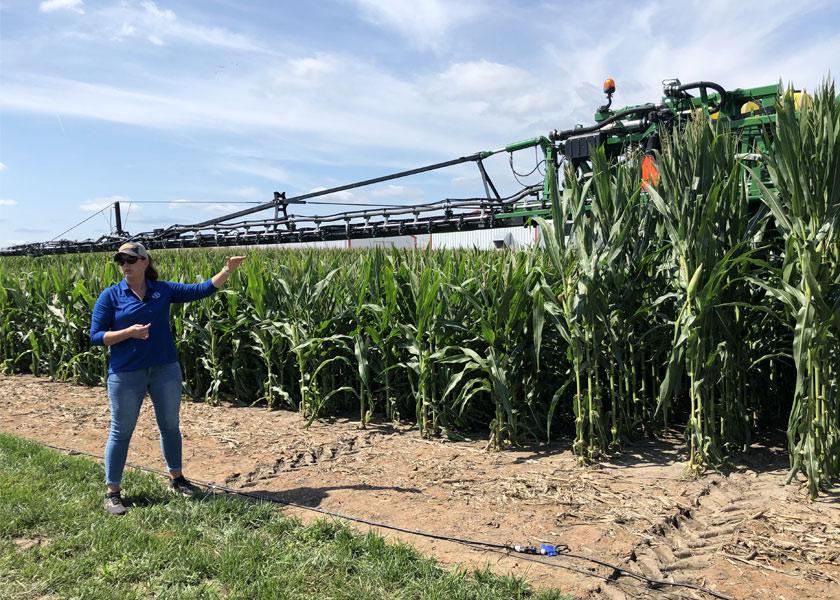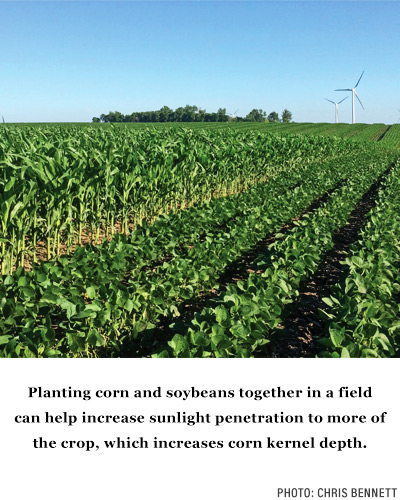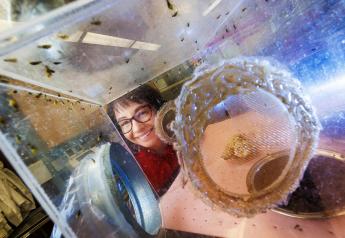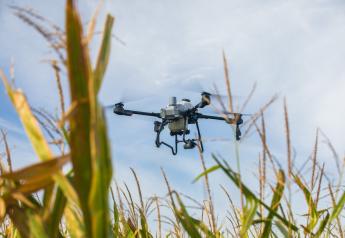5 Ways You’ll Grow Corn Differently in 5 Years

The leading edge of farming is often razor thin. Be it technology or agronomic practices, it tends to evolve over time into tangible results that slowly tug yields higher. Here are five ways your corn fields will likely be pulled in the next five years.
1. FARMING FOR ROI
Big yields, record whole-farm averages and a never-ending drive toward more bushels might be a thing of the past. Randy Dowdy, co-founder of Total Acre, says given the dynamics of input costs and global prices, he expects operations to focus on returns rather than records.
“I can help people increase bushels, but it needs to be more about making the farm profitable,” Dowdy says. “I haven’t entered a corn yield contest in three years because I have been truly focused on how I can make the absolute most bushels for the cheapest price I can.”
Dowdy says this year, given the cost of inputs, its proof that ROI is the better bet.
“Some fertilizer prices tripled, and at a minimum everything was double, so this year reinforced what we did,” he says. “The wheels need to keep turning to live to fight another day.”
2. SHORT-STATURE CORN
The days of 10' stands could be limited as companies such as Bayer prepare to offer short-stature corn. These varieties, which will be available in the next couple of years, stand 30% shorter than conventional counterparts.
“Most cereal crops in the past have undergone some sort of reduced stature or dwarfing phase, and the only one that really hasn’t is corn,” says Chris Souder, the research and development portfolio manager for crop efficiency at Bayer. “Reducing the height of corn means improved standability and resilience to wind while increasing in-season field access.”
For standard equipment, such as a toolbar pulled behind a tractor, the shorter internodes could mean an extra six to 10 days of field access.
“Weather is challenging for timing and field access, but this gives growers peace of mind they’ll get that input on at the right time,” he says.
3. Intercropping
There is more than one way to plant a field, and soon, seeing corn and soybeans planted together won’t sound odd, Dowdy says.
“The monocrop corn I’m seeing is 100 bu. less than where they’re intercropping and spending the exact same dollar,” he says.
Intercropping adds space and opportunity for end-of-row-type sunlight penetration.
“If you look at the outside rows, the ears are always bigger,” Dowdy says. “The cool part about intercropping is not only are you farming the sunlight and getting more expression and kernel depth, but you also have a plant and a crop system that can cool down so heat can actually escape.”

4. AI AGRONOMY PRESCRIPTIONS
Placement and timing of crop protection and fertility products on the farm are an important part of maximizing efficacy. While farmers have always relied on recommendations from agronomists and product specialists, the future could be enhanced by big data and artificial intelligence.
“How can we get more predictive and help a grower plan ahead? We call it an agronomic decision engine, and it’s about understanding what the best recommendations are as you layer in herbicide trait portfolios, different post chemistries and different weed species,” says Nick Fassler, director of technical services for the U.S. crop business at BASF.
He expects precision placement of products to get even more precise helping maximize ROI.
“It’s an evolution where it helps us to make simple operational decisions first and then you start moving into more complex decisions in the future,” Souder adds.
5. SMART SPRAYERS ROLL OUT
A wave of new sprayer technology, capable of distinguishing between crops, weeds and soil is headed for farm fields and promising to cut herbicide use by up to 90%. As input costs rise and availability remains a question mark for the season ahead, the advancement stands to change the optics around weed management.
"This technology really has the potential to change an herbicide program especially for your post-emergence trip,” Fassler says. “We’re going to lean harder on residual chemistry because that’s how the smart sprayer technology will pay for itself is by making sure you don’t have to broadcast or cover the whole field.”
He thinks getting the maximum benefit from this technology also means finding ways to limit the number of weeds in a field from the start.
“How do we set this up for success because you can always make something fail,” Fassler says.
Farm Journal Editor Clinton Griffiths is a TV newsman turned magazine editor with a passion for good stories. He believes the best life lessons can be found down a dirt road.







